
Overview
Main concentration of Italian caves (Italian: grotte, singular: grotta) is close to the Alps and the Apennine Mountains, principally due to karst.[1] The Italian caves attract around 1.5 million tourists every year.[2]
The main Italian tourist caves are Castellana Caves and Frasassi Caves. Other notable show caves are Borgio Verezzi Caves, Castelcivita Caves, Grotta del Cavallone, Grotta Gigante, Grotta di Ispinigoli, Neptune's Grotto, Pastena Caves, Pertosa Caves, Grotta dello Smeraldo and Toirano Caves.
Other notable Italian caves are Grotto Calgeron, Ear of Dionysius, Grotta del Gelo, Paglicci Cave, Grotta dell'Addaura, Arene Candide, Fumane Cave, Nereo Cave and Blue Grotto.
Caves
The caves are listed by alphabetical order and there are shown the main tourist caves and other notable (e.g. archaeological or paleontological) underground voids.
Notes and references
- ↑ "Alla scoperta delle grotte visitabili d'Italia" (in Italian). Retrieved 7 May 2022.
- ↑ "L'Italia sotterranea dei turisti speleologi" (in Italian). Retrieved 7 May 2022.
- ↑ The entrance is close to the hamlet of Cala Gonone
- ↑ The entrance is in the hamlet of Villanova delle Grotte
See also
External links
- Index of the show caves of Italy
- (in Italian) Photos of Italian caves on Flickr








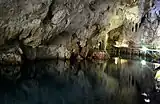


.jpg.webp)

.jpg.webp)
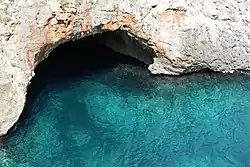


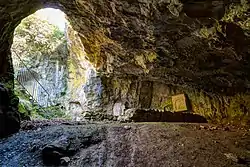


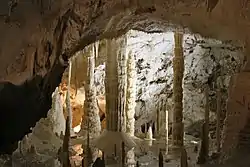









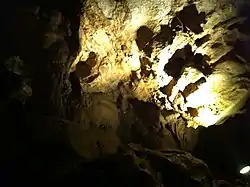

.JPG.webp)
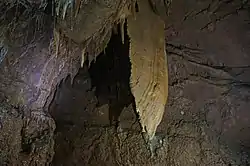
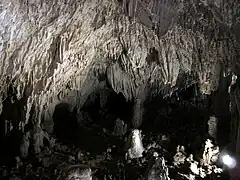



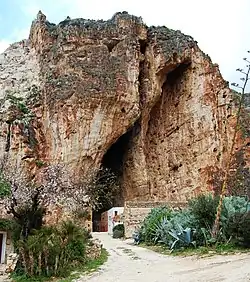


.JPG.webp)


